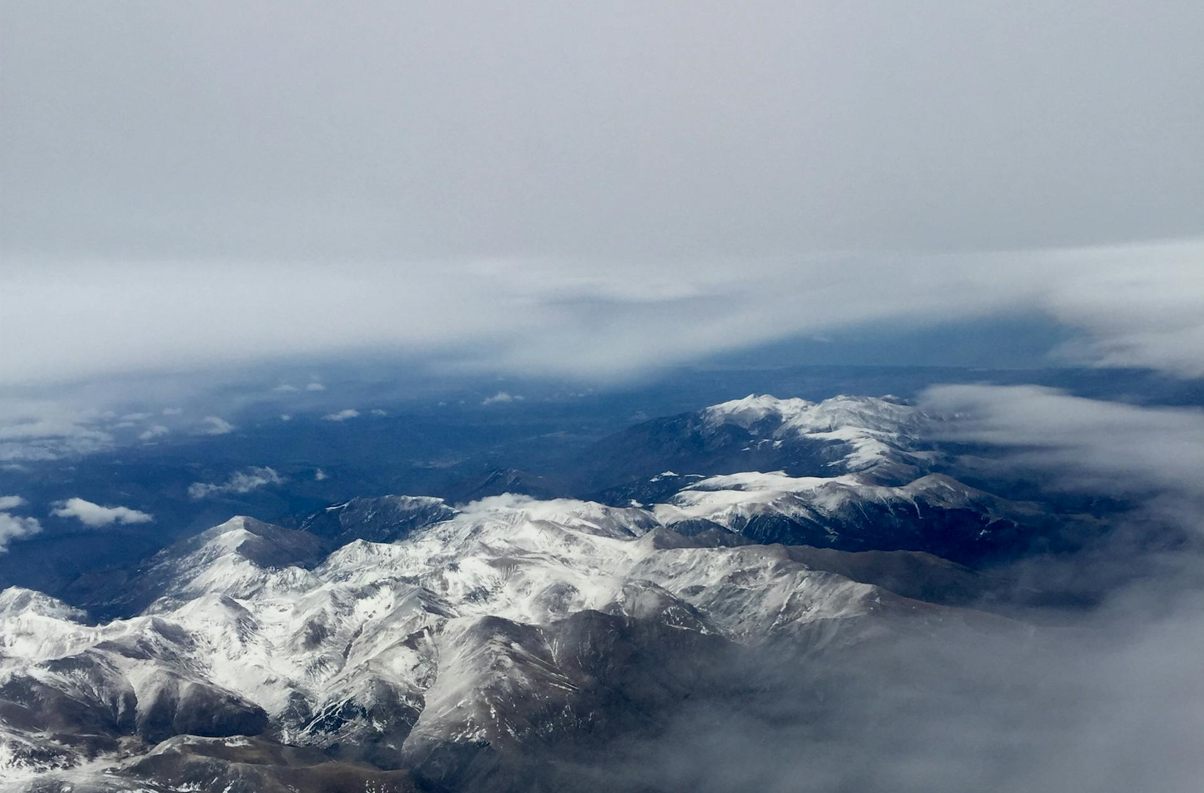ON an issue related to the environment, the world had never stood as united as it did in 1987. An agreement came into effect after scientists conclusively proved that the ozone layer was critical in preventing people from the sun’s harmful ultraviolet rays. The chemicals made on Earth were having a devastating effect on the layer. The agreement is the Montreal Protocol.
How the Montreal Protocol helped
The Protocol curbed the use of chlorofluorocarbons (CFCs), primarily used in refrigerators and various industries. The ozone layer – a shield of gas that protects our planet from harmful rays of the sun. And it sits in the stratosphere about 9 to 18 miles above the Earth’s surface.
New research says that one moment of unity and action for the environment may have saved the Earth from warming up faster. If it wasn’t for the drastic reduction in using chlorofluorocarbons (CFCs), the Earth would have warmed by an extra 2.5C by the end of the century.

While ozone depletion was first discovered in the 1970s, the urgency was added after three scientists from the British Antarctic Survey published their findings that shocked the world. The scientists found very low levels of ozone in the stratosphere over the South Pole. They said it was a serious issue as depletion of the ozone layer would mean an increase in skin cancer rates and various other problems.
The United States Environmental Protection Agency said that the country alone would see an additional 280 million cases of skin cancer and 1.5 million cataracts but for the Montreal Protocol. “The cooperation we have seen under the Montreal Protocol is exactly what is needed now to take on climate change, an equally existential threat to our societies,” said UN Secretary-General Antonio Guterres in a message.

As the world celebrates International Day for the Preservation of the Ozone Layer on September 16 every year, we look at some things you can do to help heal the ozone faster:
1. Use refrigerators, air conditioners and other equipment responsibly. Regularly servicing the equipment and being careful while disposing them off can help minimise the emission and protect the ozone.
2. Some ozone-depleting gases continue to be used in cosmetics, hairsprays, room freshness and cleaning products. You could avoid the products with hydrochlorofluorocarbons (HCFCs), halogenated hydrocarbons, methyl bromide and nitrous oxide.
3. Several cleaning products available in the market contain solvents that can react with other air pollutants outdoors in the presence of sunlight to produce ground-level ozone. Use cleaning products made of natural substances.
4. You can help NGOs that are making energy-efficient products helping in the environment’s conservation. For instance, Technology Informatics Design Endeavour (TIDE), by coming up with innovative cookstoves and other environment-friendly products, has brought down the usage of firewood and also helped bring down the emission of carbon dioxide to a large extent.

5. According to the US Environmental Protection Agency (EPA), cars, trucks, buses and other vehicles emit hydrocarbons and nitrogen oxides. These lead to pollution and also affect the ozone layer. You can help by minimising the use of your petroleum-guzzling vehicles. Use public transport and bicycles or walk when the distances are short. To support environment NGOs on Give.do you can explore fundraisers and donate here.
–
Give’s mission is to “make giving bigger and better.” Give is the most trusted donation platform in India for fundraisers and crowdfunding campaigns. Through our technology solutions, we enable individuals and organisations to fundraise and donate to a cause, charity or NGO with trust and convenience. Give’s community of 2.7M+ individual donors and 300+ organisations supports 3,000+ verified nonprofits with 80G deduction and serves 15M+ people across India. Find a fundraiser today!

Kumara was a professional journalist for over 15 years, with stints in The Telegraph and Reader’s Digest. He grew up hating maths and physics. He is a post-graduate in history. Kumara believes that cricket and Seinfeld have answers to most questions that life throws at you.
Discover more from
Subscribe to get the latest posts sent to your email.

